Four engineering professors and their students talk about the challenges of online learning during the pandemic and the human touchpoints that make all the difference

It’s a very different time on campus for both students and faculty at Georgia Tech. Classes are mostly remote, and if hybrid classes are offered, very few students show up in-person, opting instead for the safety of their dorm rooms. New methods of learning have forced professors to think outside the box, creating novel modes of teaching and virtual engagement, fully embracing their responsibility to deliver a top-ranked Tech education that students are so eager to receive. Here are four stories of classes that were successfully taught this semester, largely due to the care and commitment of the professors.
Walk and talks to clear the mind
In late August, Emily Marshall made the 11-hour drive down to Atlanta from Northern Virginia hoping she could have some sort of in-person, on-campus experience at Tech. That’s been challenging this fall, with many classes either fully remote or classified as ‘hybrid,’ where very few students actually attend in person.
“This semester has been weird, and I don’t get outside much,” said Marshall, a third-year electrical engineering major. “I just wanted any opportunity I could to see in person the professors or to work in labs, but really, I've gotten very few chances to do that.”
For Marshall and her roommates, they rarely leave their apartment except to buy food or get tested for Covid-19. She wishes she could see more people around campus but finds staying social is easier to do online these days. With classes almost exclusively virtual as well, Marshall finds it hard to stay motivated and focused.
However, her experience with one class has been completely different, and that’s electrical engineering Prof. Bernard Kippelen’s Electromagnetics course. His class is delivered in a hybrid mode, where synchronous class attendance is encouraged to foster interaction. But there is also a physical touchpoint for the class in the form of outdoor walk and talks.
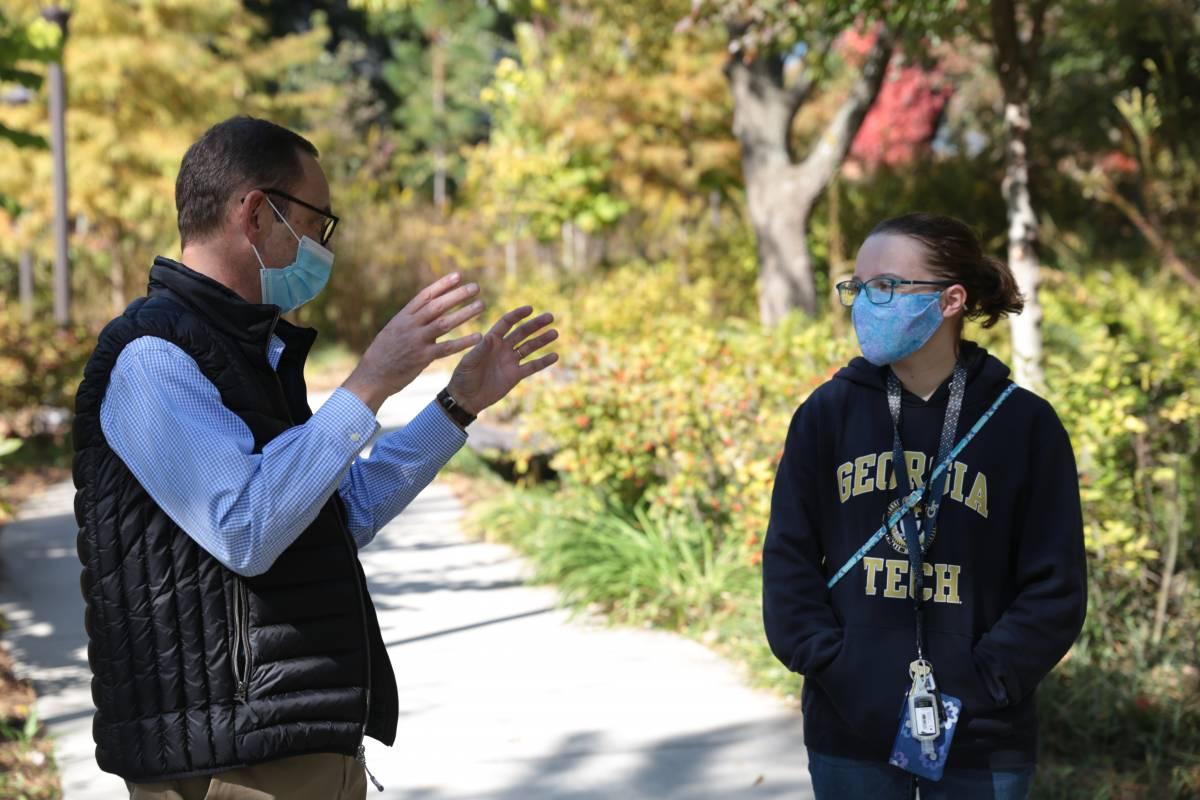
Kippelen allows small groups of students to sign up for time slots, and they walk around campus with him. Group size is limited to 12 but generally consists only of a few students. Students stay socially distanced and wear masks. When Emily signed up for her first walk and talk, she was the only one in that time slot. She met Kippelen outside Van Leer, and they walked around campus talking about the plant life and gardening.
“Prof. Kippelen biked 30 minutes to campus to spend an hour walking and talking with just me,” said Marshall. “He’s knows so much about so many things and wants to connect with us. When I mentioned that maybe I’d start a business one day, he started giving me tips on product development.”
Kippelen says he’s recently become interested in birding and gardening as his own type of pandemic therapy. He likes to use the walk and talks to point out the environmental biodiversity on campus.
“My role is just to kind of encourage the students to talk, and I'm just the therapist, or I just listen,” said Kippelen. “And I let them vent. Of course, there is some level of anxiety, and a little bit of frustration because they want to have a normal college experience like any other young adult.”
In addition to walk and talks, Kippelen also created subgroups within Canvas, a digital learning platform, that meet regularly to discuss topics completely unrelated to the class.
“We have these little groups so we can have informal chats with Prof. Kippelen,” explained Marshall. “During the first subgroup meeting, he just asked us ‘So what’s your story?’ He really wanted to know about our lives, why we came to Tech, and just let us talk about ourselves. He cares so much about his students and genuinely wants to get to know us.”
Kippelen sees these subgroups as a way to use online tools to foster the human connection during the pandemic, citing that remote learning doesn’t have to limit educators.
“The subgroups are really just conversations having nothing to do with class material,” said Kippelen. “I think it's really important that we treat our students with dignity and show them that we care about them. Since the pandemic, I think I know my students even better now versus students from traditional classroom teaching.”
Both Kippelen and Marshall take their studies and learning extremely seriously, but also appreciate the need for balance.
“I’m trying to teach the students that it’s important to have a kind of balance, and that it’s not all about your professional and technical work,” said Kippelen. “You also need to have other interests to have a well-balanced life. And during stressful times like Covid-19, that’s even more important.”
Surveys and Spotify amp up class
Professor Joe Le Doux’s philosophy to teaching his biomedical engineering classes is “connection before content.” He teaches with a largely problem-based learning approach, where students interact and engage, creating better learning outcomes and social benefits. Le Doux has also won number awards for his teaching curriculum and is currently the executive director for Training and Learning for BME.
But, with the pandemic and very limited in person interactions, Le Doux had to come up with work arounds to ensure his problem-solving studios could still happen remotely. He’s tried to create the same energy and excitement students get from traditional classes, but it’s been challenging.
“We use Microsoft Teams to facilitate the small group discussions,” said Le Doux. “Students can raise their hand virtually. I can circulate around the rooms and pop in and see how the groups are doing or if they need help. But what’s really helped with engagement is the interactions I have with students unrelated to course material.”
Le Doux uses a program called Turning Point at the beginning and end of each class to solicit anonymous student feedback on how they are doing. Le Doux asks a few questions, and students respond on their phones.
“I open and close each class with questions that I hope encourage them to take care of themselves - questions about mental health, sleep, exercise and mindfulness,” said Le Doux. “Once the answers come in – in real-time – I can relate to what the students are submitting anonymously and speak to my own struggles as well. It makes them feel like you’re in their corner.”
Maddie MacDonald, a third-year biomedical engineering student, really appreciates the Turning Point surveys.
“The questions are completely irrelevant to the course, like, What are your tips for falling asleep? What has been hard this week? How are you feeling?” said MacDonald. “Prof. Le Doux puts out a vibe that school isn’t the end all, be all. Understanding the material isn’t as important to him as knowing we are having a good day.”
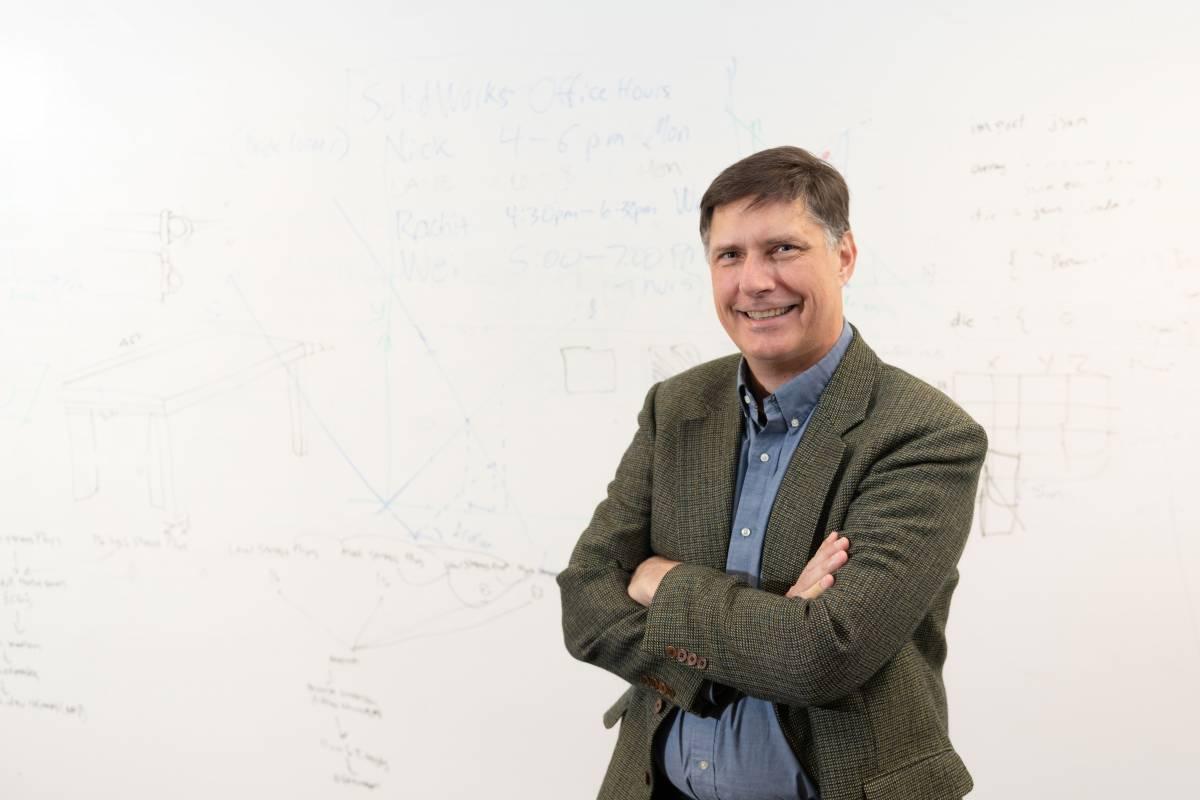
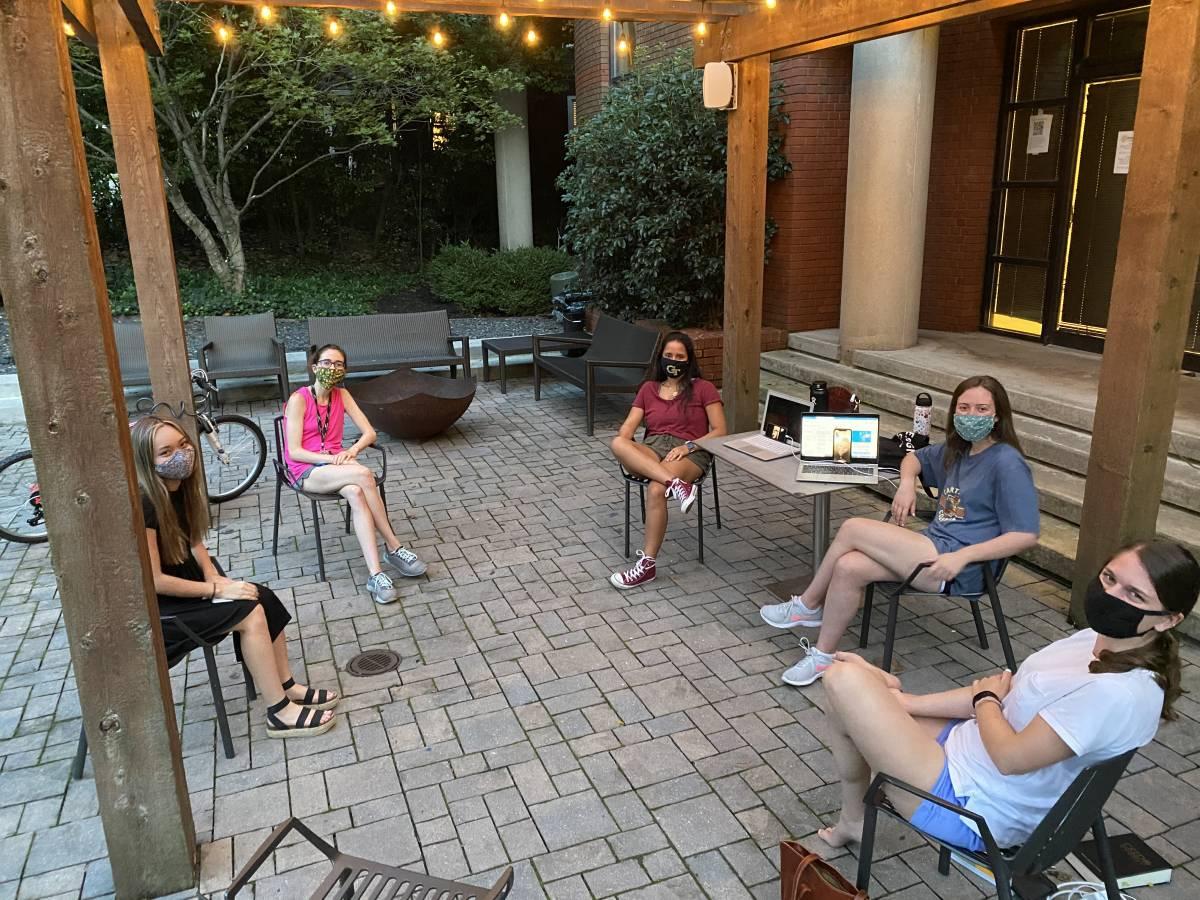
MacDonald says Le Doux has been extremely accessible all semester; he connects on Teams chat, email and everyone has his personal cell number and access to virtual office hours. Le Doux shares personal anecdotes unlike MacDonald’s other professors, which makes her feel like he is really making an effort to engage.
“He livestreams class from his home, and once there was a hummingbird outside his window, and he stopped lecturing to show us what was happening,” said MacDonald. “It’s little things like that that make you feel connected and cared about.”
Le Doux says this is just him being himself and sharing his life with his students, and at the same time learning about them as people. Students can get content from asynchronous lectures, video and their textbooks, but Le Doux says the time together remotely is a time to connect, especially during Covid-19.
“I think the most important thing that I always tell my students is you have to have a balanced life,” said Le Doux. “You’ve got to get exercise, eat well, and have social interactions of some kind. It’s not all about grades.”
Another way that Le Doux engages his class is through music. He gives weekly quizzes, and when students finish early and are waiting for the next part of class, Le Doux plays music.
“One of the questions I asked earlier in the semester was What is your favorite music to listen to when you need to be inspired?,” said Le Doux. “So, I made a Spotify playlist with the songs that were submitted, and students keep writing in the chat with what else they want to hear. It’s a fun way to engage and get to know everyone a little better.”
“The playlist requests are always interesting,” said MacDonald. “And people make funny comments or send gifs about the music he chooses. He’s also shared his music tastes before and one of the artists he likes is Adele, which I really appreciate.”
Between Teams, One Note and the Honor Lock system Tech uses for exam proctoring, Le Doux always makes his students feel comfortable by building trust. He stays calm and lets students know that they will figure things out together.
“My main lesson learned during these highly stressful times is to have backup plans in place,” said Le Doux. “I let my students know it’s going to be fun, we’re going to try things, and if it doesn’t work, we’ll figure out another way, together.”
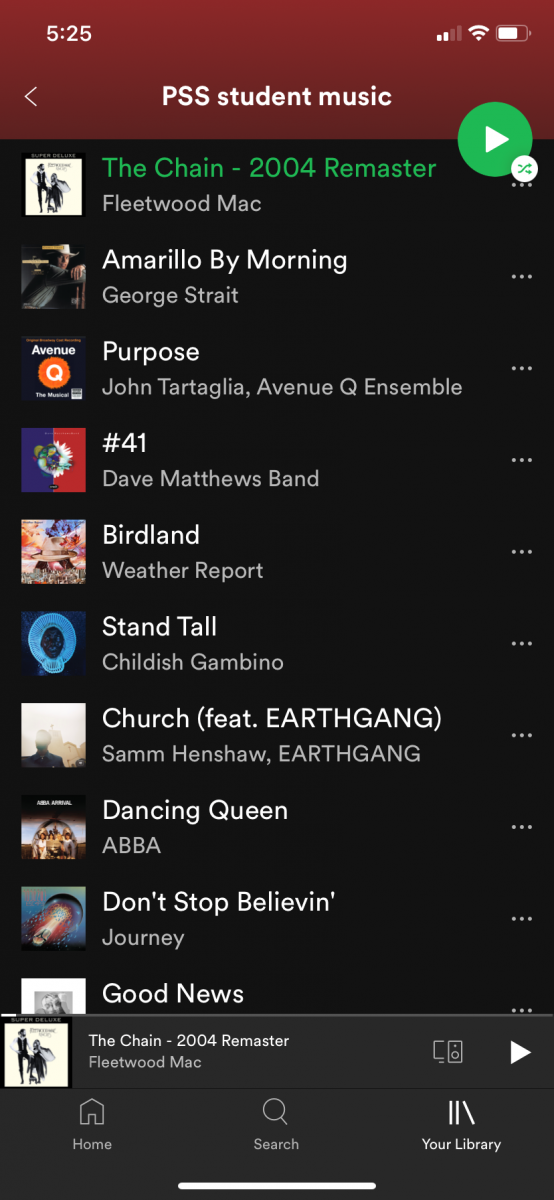
Get outside, even during lecture
In the beginning of October as the leaves began to change, ISyE Prof. Swati Gupta decided to give her students a break from the traditional online learning environment – desk, chair, screen – and told them to get outside. Gupta created a ‘walking lecture,’ as she talked about sociological considerations in machine learning. The students didn’t need to take notes; they just needed to listen and be able to look at their phones occasionally for a slide visual.
Living at home with her parents in Duluth, GA, Suma Gangasani took the walking lecture seriously, and spent two hours walking around her neighborhood, something she hadn’t done since the start of quarantine.
“It’s been a stressful semester for me because the only thing to focus on is work – there’s not really anything else to do during a pandemic,” said Gangasani. “And by mid-semester, Prof. Gupta could tell we were all stressed and needed to shake things up.”
Getting outside made a big difference for Gangasani during a very stressful time.
“I had forgotten that there is still this whole other world out there that includes nature,” said Gangasani. “Once I walked around, it really made me realize that, Okay, it's not the end of the world if these assignments aren’t done perfectly. There’s still a real world, and we just need to keep the big picture in mind.”
Mixing up lecture mode is one way that Gupta keeps her students engaged. Another is interactive learning. During one class, when discussing algorithmic bias in hiring, a simulation was presented by her graduate student Jad Salem (Ph.D. in ACO, Math), where the students got to act like they were the hiring managers, reviewing various resumes and making a decision about a candidate in six seconds.
“After we made our ‘hiring decisions,’ we discussed our choices in the chat,” said Gangasani. “So, how did we choose people to hire – was it based on gender? GPA? It was a lively discussion, and Prof. Gupta commented that it was the most engagement she’d seen during the whole semester.”
Engaging activities like this set Gupta’s class apart.
“Most of my other professors lecture and then provide us with independent work,” said Gangasani. “But Prof. Gupta has us actively involved and wants to hear our thought processes and understand how we think.”
Gupta also tries to get to know her students on a more personal level. At the start of every class, there are student introductions where someone will share a slide about themselves, which could include Netflix shows they like, where they’ve vacationed, or games they play. This helps classmates get to know one another as well. Gupta then asks everyone how they are doing and opens the floor for discussion about stress, mental health or even politics.
The students are also incentivized to participate outside of class by posting to Piazza, an online discussion platform, which earns them bonus points towards their final grade. Students can post articles or movies related to class material.
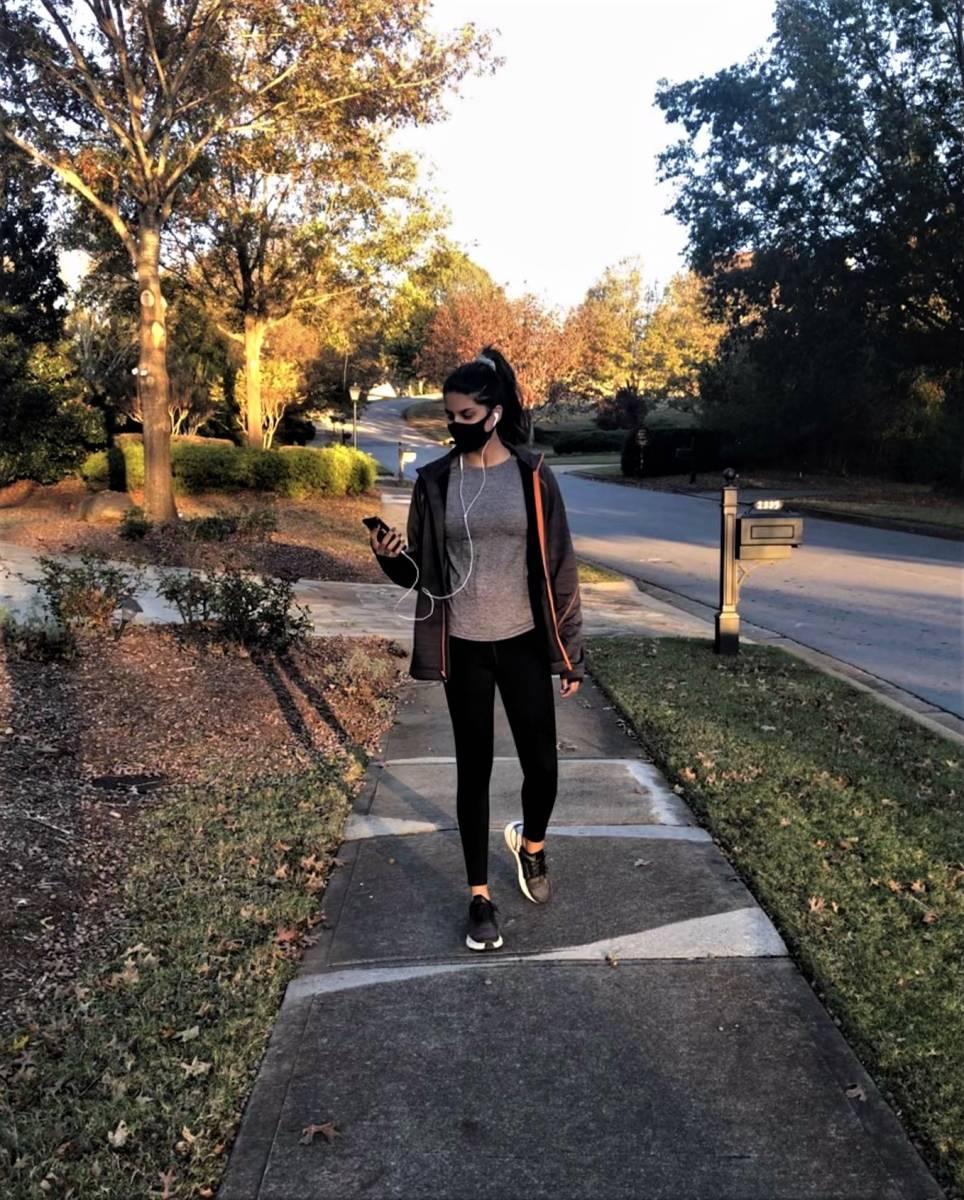
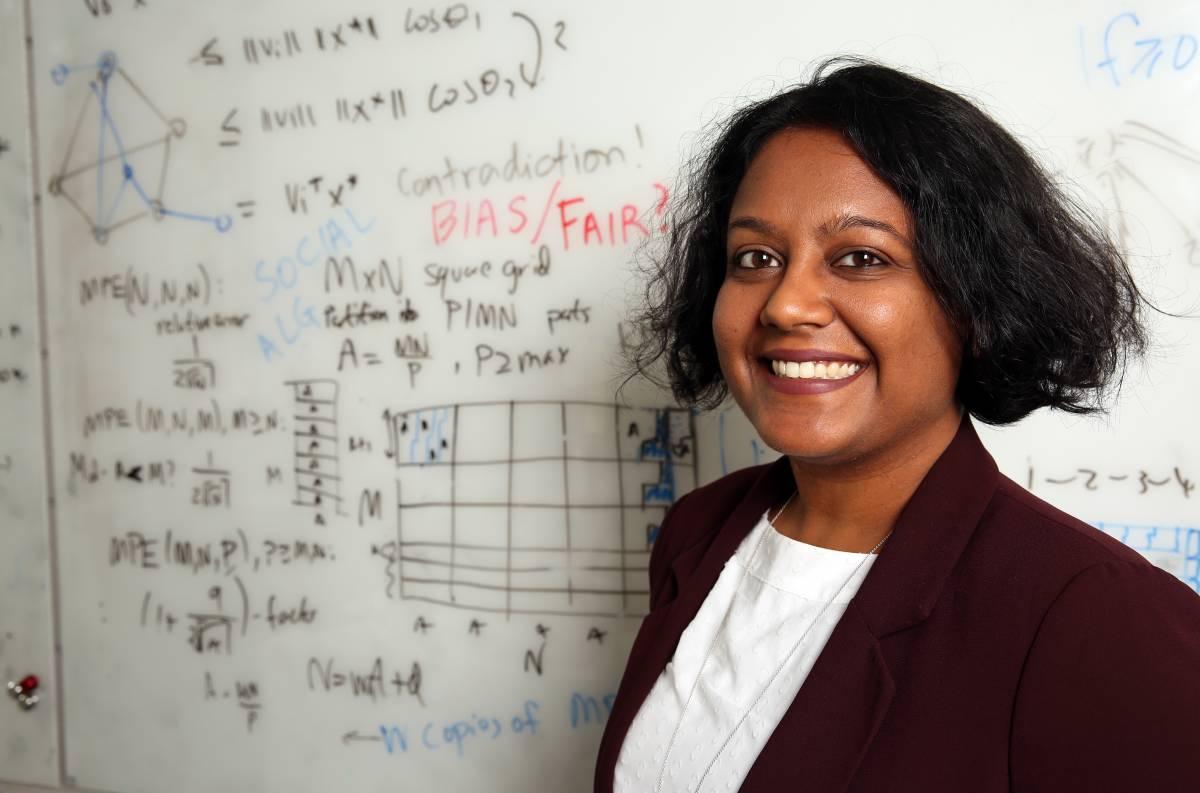
“So, one of the students posted an article on how machine learning could be used to measure the pandemics impact on mental health,” said Gupta. “She talked about the importance of learning about mental health and raising awareness about how the pandemic has affected all of us. She went on to say the article was a good reminder to check up on our friends. I thought I was really thoughtful of her to say that.”
As disruptive as this semester has been, Gupta can still see some benefit to online learning.
“I think being online has its positives, because it gives people the flexibility to engage how and when they want,” said Gupta. “But, as educators, we have the responsibility to help students feel comfortable in the virtual learning environment and keep them as engaged as possible, so they can make the most of their education during the pandemic.”
There’s always time for coffee
Mechanical engineering Professor David Torello is teaching about 120 students this semester, spread between two sections of Dynamics of Rigid Bodies. While his class is hybrid, the majority of students are attending online, and Torello has adapted both his teaching style and outreach to help his students cope with the stress brought on by the pandemic.
Even before the outbreak of Covid-19, Torello’s personal mantra around teaching has always been to ‘make it personal’ – meeting students outside the classroom, encouraging office hours, and always making himself available. He’s still doing all those things now, but he’s pivoted his approach in today’s virtual environment.
“During the pandemic, we’ve had online learning at scale, pre-recorded videos and assignments that are digitally proctored,” said Torello. “Because of this pre-packaged learning, it’s imperative to make class as engaging and interactive as possible. I do this through synchronous lectures while keeping the chat option on the entire time. Chat functionality in our learning platforms has been invaluable. It’s what this generation of students is used to and comfortable with.”
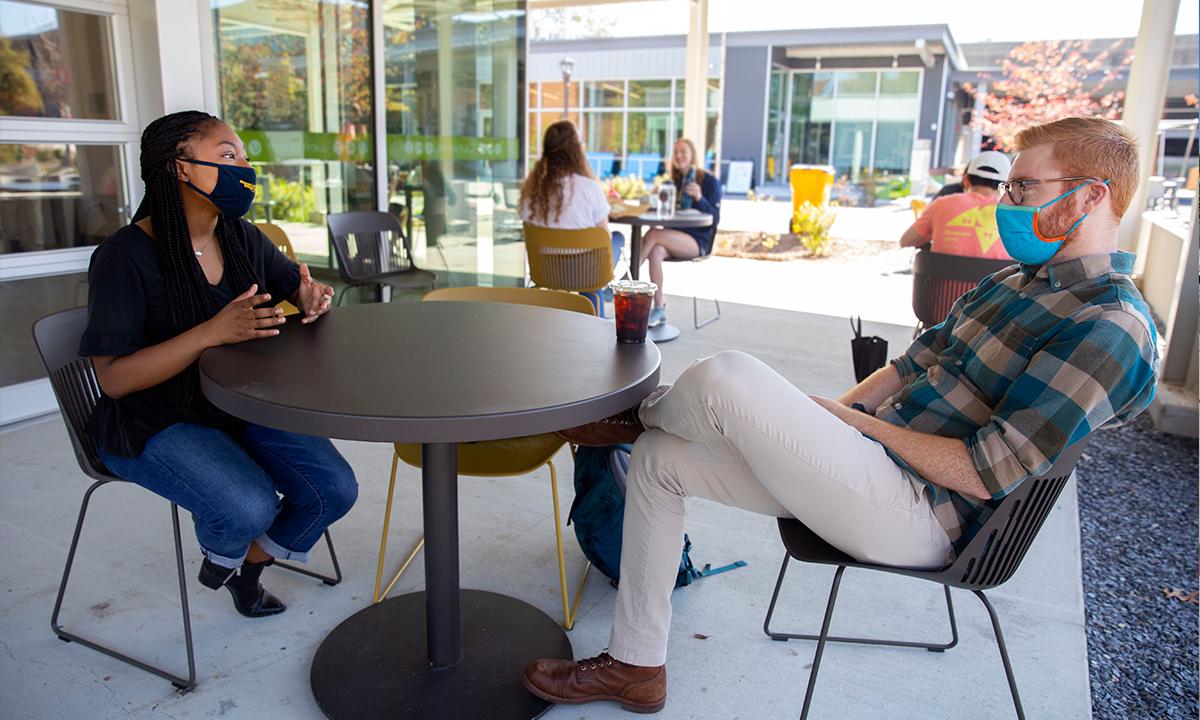
Like other faculty on campus, Torello has also adopted a flipped classroom teaching model, where lecture happens outside of classroom hours, and discussion and problem solving amongst students occurs when everyone is gathered together (virtually).
“This active teaching mode creates a community in the classroom,” said Torello. “And while it might be more difficult to do this virtually, it can be done. It’s one of the only ways that we, as educators, are going to give the students a fraction of what they receive from in-person learning.”
During class, Torello leverages smaller breakout groups in Microsoft Teams, with four to five people that work together the entire semester. They solve problems together and bond as a group.
Fatima Sheriff, a third-year mechanical engineering major and one of Torello’s students, finds the breakout rooms really helpful. Her breakout team even started their own GroupMe chat to stay in touch outside of class.
“What's really nice is we've been in these breakout rooms with the same people all semester,” said Sheriff. “So I feel really comfortable with them and know who they are. I know I can reach out to them after lecture and say, Hey, guys, I didn't understand this. Can you guys help me figure it out?”
Along with digital communication tools, Torello still finds value in in-person interactions when it can be done safely. Meeting for coffee outside with masks while social distancing has been a way for him to provide mentorship to students. Even during the pandemic this semester, Torello has been meeting students outside Rising Roll in the new courtyard near the student center.
“Coffee chats have always been another teaching philosophy for me because they provide a space for mentorship and motivation,” said Torello. “If you get someone talking about themselves – about their life completely unrelated to class – it creates these really wonderful little moments. And again, it’s all about building community and trust.”
Mental health check-ins are also part of each class. Torello has told all of his students that this semester is not normal. For students questioning their major or if engineering is even right for them, Torello urges them not to gauge their experience based on the instruction they are getting this semester.
“I have some students who are actively struggling and thinking of making life altering decisions about their academic path,” said Torello. “And, I just tell them to put those decisions off until after Covid.”
A mid-semester survey helped Torello adapt to his students needs. He wanted to hear from the class about what was working and what wasn’t. He realized that everything was taking twice as long as it should. Students were spending five hours on a worksheet, which was never the intent. After the survey, Torello changed some aspects of his course to make the students feel that the work was achievable.
“Prof. Torello let’s us share how we feel like the course is going, and I think especially in a Covid semester that is so different from what anyone's experienced, it’s really important to hear how students are doing,” said Sheriff. “When he changed up the course after the mid-semester survey, I actually felt like success was possible. He really takes our feedback to heart.”
The semester has been daunting for both Torello and many students, but he put in the work to create a classroom community that trusts him and each other.
“I do think that the students feel comfortable, and I do think that they're learning because of it,” said Torello. “Now, I have no data to back that up. It's all just based off word of mouth and hearsay. But, I really do think that these classes are working. I really do think it's working.”